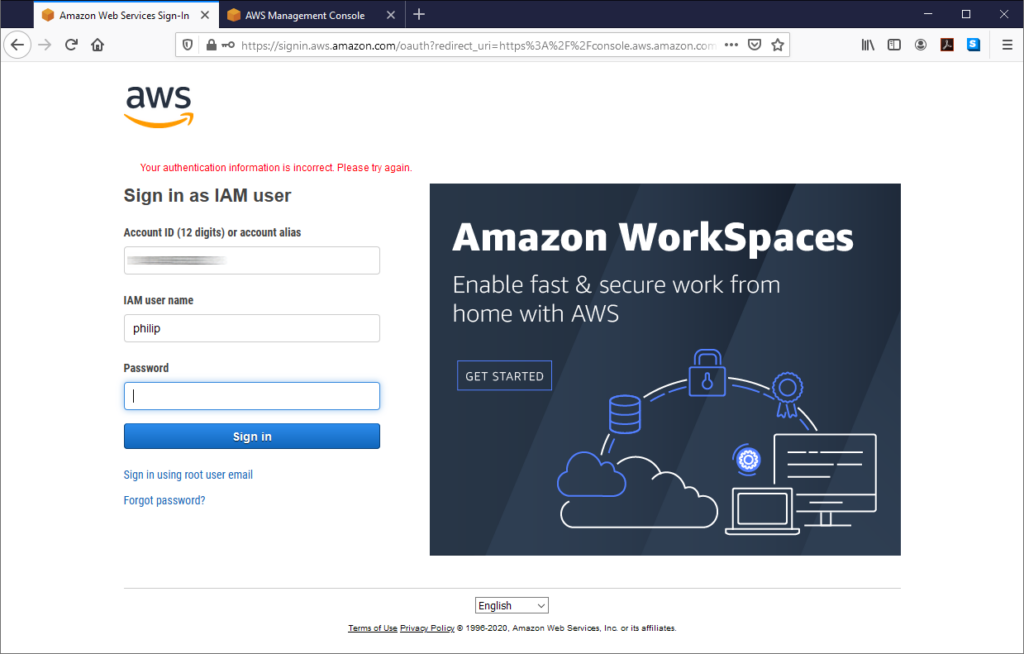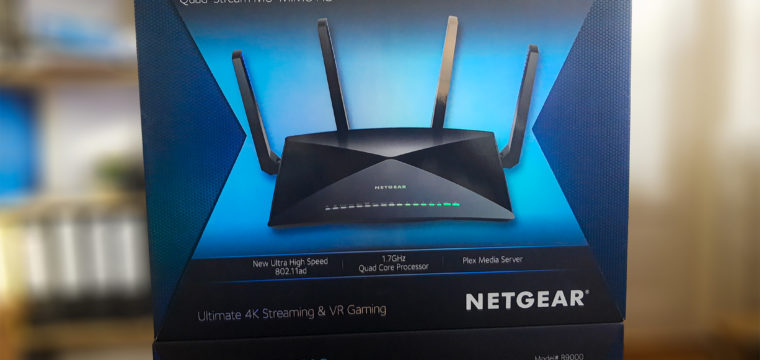Problems signing in to AWS? When the login page “Sign in as IAM user” repeatedly says: “Your authentication information is incorrect. Please try again” though you entered correct information, your Gemalto token generator for MFA authentication could be out of sync.





